Towel dryer pumps
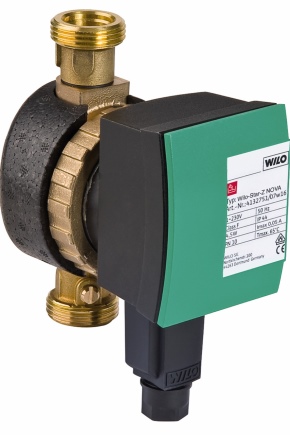
Heated towel rail pumps are very important in everyday life. Known circulation pumps, mini and other models for a heated towel rail in an apartment. Installation can be done from a hot water riser, but there are other nuances. It is also important to consider the parameters when selecting.

Views
The mini-pump for the heated towel rail (circulation) uses the mode of natural circulation of the liquid. It is assumed by default that the pipes are placed higher - above the dryer itself. However, this gravitational principle is rarely used. A more common scheme with a forced circulating flow. The result is a more uniform distribution of fluid throughout the system (and with it heat).
Heat output from circular water devices can be at least 1, maximum 4 kW. As a result, the greatest difference in heating between the parts of the structure will not exceed 2-4 degrees. For comparison: for simpler mechanisms, this figure can reach 10 degrees. Even for non-specialists, it is obvious which decision should be made.
Some models are made with dry running protection.
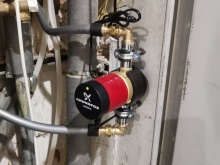
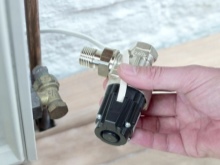
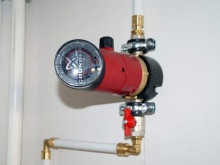
Whatever liquid the device pumps, wherever it is located, drying out situations periodically arise. It is this action that is usually called dry running. The equipment works as usual. But it cannot pump anything, because there is nothing to pump. It is imperative to engage in the prevention of such a development of events.
And no, it's not just that idle power will be wasted. Much more dangerous is that the motor will gradually overheat and then burn out. And the situation when this fire does not spread to other structures and parts of the building can still be considered good luck.
The necessary protection is provided by special automation.
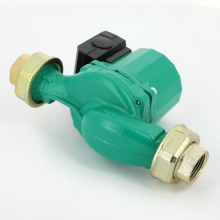

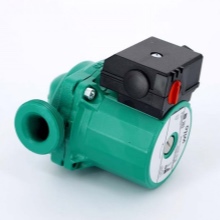
A modern small (and another and impractical to attach to a heated towel rail) pump from dry running can be protected:
-
special relay;
-
fluid flow control systems;
-
level sensors (combination of a float element with a level relay).
The standard relay is an electromechanical device. It monitors if there is a head in the circuit. When it drops to a critical level, the electrical circuit opens. The pump stops immediately. The pressure response is provided by a diaphragm.
Typically, the reaction occurs at pressures from 1/10 to 0.6 atm. The exact figure is determined by the settings at the factory. Typically, a typical relay is installed in supply systems without a hydraulic accumulator. It is more correct in some cases to use a petal or turbine flow sensor.
Sometimes the same function is assigned to electronic controllers.


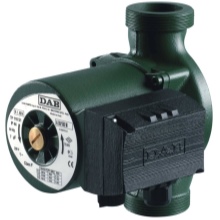
Appointment
But before choosing pumps for a heated towel rail powered by a hot water riser in an apartment, you need to figure out why, in general, such a technique is needed. The circulation pump guarantees the continuity of the flow of the coolant. It is very important in short closed circuits. With the correct selection of forced pumps, you can count on the efficient use of heating equipment.
What is important, the pumping equipment allows you to arbitrarily select the place of installation of heating devices, including heated towel rails.
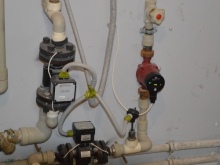
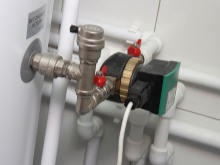
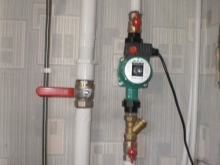
Criterias of choice
You can choose the right pump only taking into account the characteristics of the material. Ideally, the body should be either bronze or brass. These materials do not corrode and wear little. The function wheel must be made of pure polymer. The device weighs a maximum of 5 kg and an overall length of 18 cm.
As for the pump power, it should vary from 25 to 75 watts. The greater the distance to the riser, the greater the mechanical impulse must be. Branded pumps have 3 different rates of operation, which affects the intensity of heating the coil. And also you need to pay attention to the size of the branch pipe. It must exactly match the size of the connecting channel on the heated towel rail.
It should be borne in mind that even the best pumps consume electricity. To reduce its consumption, it is required to use models with timers and thermostats. It is useful to pay attention to the bandwidth of the version. All basic parameters are indicated in the technical documentation.
However, it is important to check this against independent reviews, using them to assess the reputation of the manufacturer.

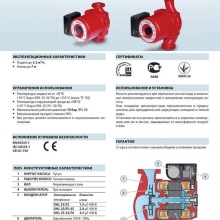
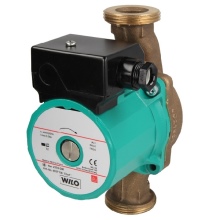
Installation features
The correct installation of the pump is strictly in the bypass. The autonomy of the device can be maintained using an additional valve. In some cases, it is possible to close the channel with a tap. But then, when the networks are de-energized, it must be turned off manually, otherwise it will not work. 2 taps should be installed on both sides of the device, which will help to ensure natural circulation, carry out preventive maintenance and repair the line.
Sometimes there is already one pump on the heated towel rail. Adding another pump means a thermal relay is required. To improve the workflow, an automatic fuse is required. It is fixed at a distance of at least 0.5 m from the drying. The pump unit is allowed to be mounted both on the return line and on the supply branch; it is desirable that in the selected area the temperature of the coolant is minimal.
Pump drives can be very noisy. This negative effect can be reduced by horizontal mounting. At the same time, the vibration intensity is reduced. Even if the device is mounted vertically, the axis of rotation of the rotor must be oriented horizontally. Another nuance: strainer mud filters should be installed at the entrance.
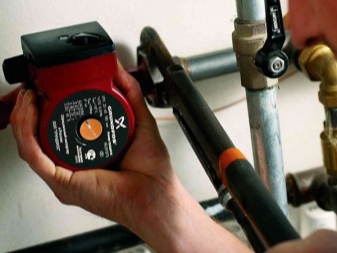
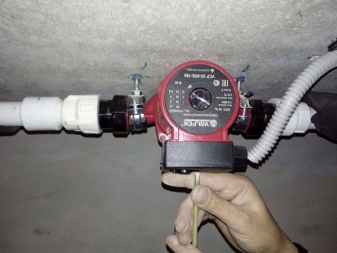













The comment was sent successfully.